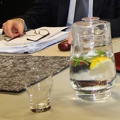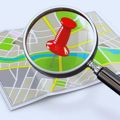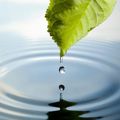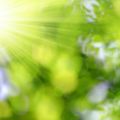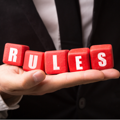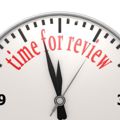New Regional Plan
The Proposed Regional Plan for Northland has now been updated to include all provisions arising from the resolution of appeals to the Environment Court.
All Environment Court decisions relating to the Proposed Regional Plan for Northland and High Court decisions on the National Policy Statement for Freshwater Management are available in the Consent Orders tab below.
Consent Orders
A consent order is an Environment Court order that endorses agreements reached by the parties during mediation and any subsequent negotiations. When appeals are resolved, consent orders will be issued by the Environment Court and will be recorded on the consent orders page. When a consent order contains rules, these rules must now be treated as operative (and any previous rule as inoperative).
Go to the current consent orders page
Marine protection areas
In May 2023 the Environment Court released its final decision on new marine protection rules for Mimiwhangata and Rakaumangamanga (Cape Brett).
The court decision directs Northland Regional Council to implement the new rules via our Regional Plan, as fishing was shown to have been causing significant disruption and deterioration to the ecosystems.
Get information, maps and frequently asked questions about the Marine Protection Areas
GMO Decision
On 16 June 2020, council agreed to settle the appeal seeking to include provisions in the Proposed Regional Plan regulating the use of genetically modified organisms in the coastal marine area. This was formally done via a consent order, which was signed off the the Environment Court on 05 August 2020.
Hard copies of all documents are available to purchase
Please contact us on the number above or at info@nrc.govt.nz to organise purchase.
For any further information, call the Policy and Planning Team on: Freephone 0800 002 004.



